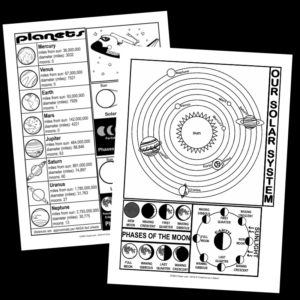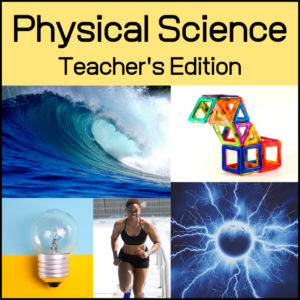Showing 61–80 of 158 resultsSorted by latest
-
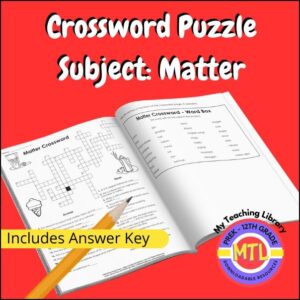 $1.50Buy Now
$1.50Buy NowThis fun crossword puzzle is a great way for students to review what they know about matter! If students need help, page 2 contains a ‘word box’ to give students terms from which to choose! Answer Key also provided.
Sample clues:
- At 32 degrees Fahrenheit, water ___.
- This is a very light gas found in some balloons.
- The amount of matter something contains is its ___.
-
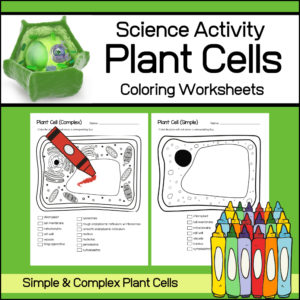 $1.25Buy Now
$1.25Buy NowInteractive Science learning – This resource includes 2 coloring worksheets: Simple Plant Cell and Complex Plant Cell. As students color (identify) each part, they will also create a corresponding key.
Structures to be identified and colored:
1. Simple Plant Cell – cell wall, mitochondria, chloroplast, cell membrane, vacuole, nucleus, cytoskeleton
2. Complex Plant Cell – cell wall, mitochondria, chloroplast, cell membrane, vacuole, Golgi apparatus, lysosomes, rough endoplasmic reticulum w/ ribosomes, smooth endoplasmic reticulum, nucleus, nucleolus, peroxisome, cytoskeleton
-
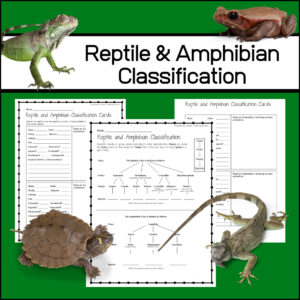 $2.25Buy Now
$2.25Buy NowThis Science / Biology resource includes 2 student exercises plus classification card templates that can be used for centers, projects and more.
-
 $2.25Buy Now
$2.25Buy NowThis Science / Biology resource offers 2 labeled posters showing the structures and organelles of an animal cell! I’ve also included a handout detailing the major function(s) of each structure/organelle. Structures and organelles include: centrosome, plasma membrane, mitochondria, vacuole, Golgi apparatus, ribosome, lysosomes, rough endoplasmic reticulum, smooth endoplasmic reticulum, nucleus, nucleolus, peroxisome, cytoplasm
-
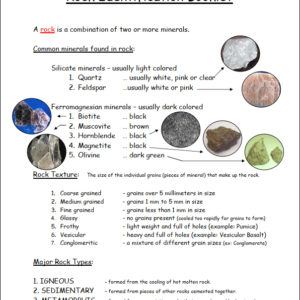 $2.50Buy Now
$2.50Buy NowThis 5 page booklet will guide students through common minerals which are found in rock, rock textures and the major rock types: igneous, sedimentary and metamorphic.
-
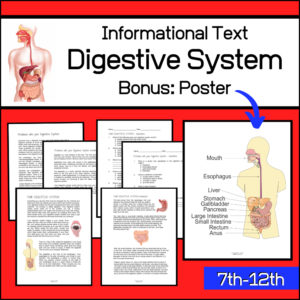 $2.50Buy Now
$2.50Buy NowThis Biology / Anatomy resource includes 2 informational text passages. The first details how the digestive system works and the second informs students of the most common health / medical issues that can occur within the system.
-
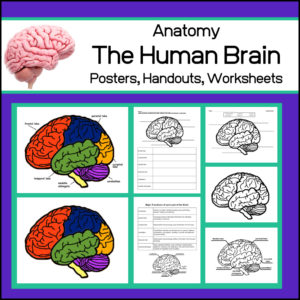 $3.00Buy Now
$3.00Buy NowThis Science / Biology / Health resource will help your students learn the different sections of the brain and the major functions of each. Sections included: frontal lobe, parietal lobe, occipital lobe, temporal lobe, cerebellum and medulla oblongata.
-
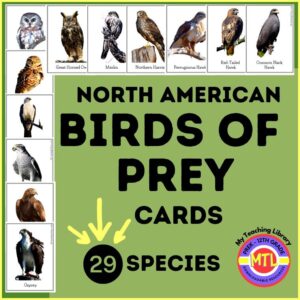 $3.00Buy Now
$3.00Buy NowNorth American Birds of Prey Cards includes 29 species of birds! These cards include beautiful colored images of each bird and include 2 sets: labeled and unlabeled.
Use alone or alongside: North American Birds of Prey Notebooking / Report Pages
Birds:
• Great Gray Owl
• Ferruginous Hawk
• Common Black Hawk
• Red-Tailed Hawk
• Barred Owl
• Barn Owl
• Short-Eared Owl
• Prairie Falcon
• Swainson’s Hawk
• Snowy Owl
• Turkey Vulture
• Eastern Screech Owl
• Burrowing Owl
• American Swallow-Tailed Kite
• Elf Owl
• Osprey
• American Kestrel
• Peregrine Falcon
• Bald Eagle
• Northern Goshawk
• Merlin
• Golden Eagle
• Northern Harrier
• Northern Saw-Whet Owl
• Crested Caracara
• Great Horned Owl
• Sharp-Shinned Hawk
• Harris Hawk
• Long-Eared Owl -
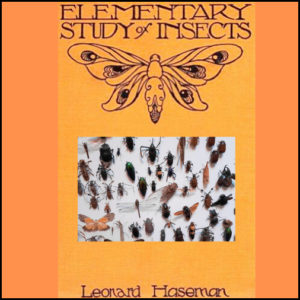 $2.00Buy Now
$2.00Buy NowThis is a downloadable copy of the book.
About the book: This book was written in 1923 by Leonard Haseman and can be a good tool to use when beginning to study insects. -
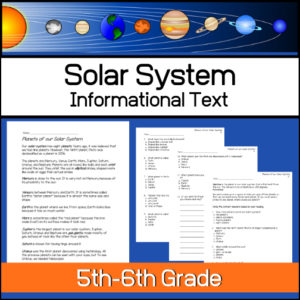 $1.75Buy Now
$1.75Buy NowHelp students develop their reading comprehension skills as they gain knowledge about the planets within our solar system with this informational article and assessment questions. This has been written for 5th-6th grade classrooms. The assessment includes 11 multiple choice questions, 1 opinion, short answer question and asks students to draw the planets in relation to the sun. Answer Key provided.
Flesch-Kincaid Grade Level: 6.5
Grade level: Sixth Grade
Automated Readability Index: 5.5
Grade level: 8-9 yrs. old (Fifth graders) -
 $1.25Buy Now
$1.25Buy NowHelp your students study and learn new vocabulary. This resource can be used in any subject and with multiple grades.
On the worksheet, students will:
- Write the word
- Write what they ‘think’ the word means
- The actual dictionary meaning for the word
- Name the part of speech
- Write a synonym
- Write an antonym
- Use the word in a sentence
- Break up the word (if possible): prefix / root / suffix
-
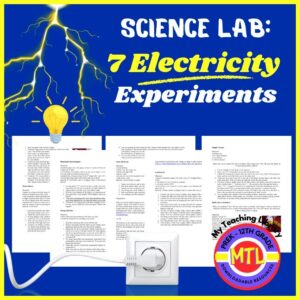 $3.00Buy Now
$3.00Buy NowStep by step instructions for performing 7 electricity related experiments:
1 – Simple Circuits
2 – Build a Dry Cell Battery
3 – Potato Battery
4 – Homemade Electromagnet
5 – Energy Detective
6 – Static Electricity
7 – Conductivity -
 $4.99Buy Now
$4.99Buy NowStudying birds? Ornithology? Perhaps you are simply looking for coloring pages of beautiful birds? Here is a resource that would be a good addition to your classroom. Some of the birds included: American Kestrel, Nighthawk, Mourning Dove, Barn Swallow, White-breasted Nuthatch, Blue Jay, Cardinal, Baltimore Oriole and many, many more!
*** 80 coloring pages, each with a different North American species! ***
Each page features a large b/w illustration of one bird and the type of bird that is displayed.
-
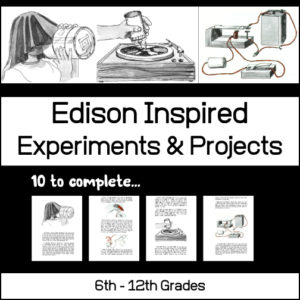 $1.00Buy Now
$1.00Buy Now10 Experiments / Projects inspired by Edison – Including: A phonograph Pick-Up, The Relay in Action, A Pinhole Camera and 7 others!
-
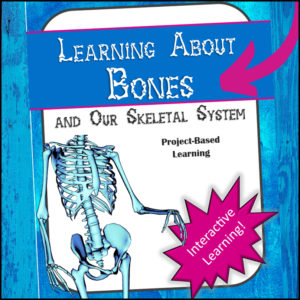 $4.00Buy Now
$4.00Buy NowStudents will enjoy this ANATOMY / BIOLOGY / HEALTH resource as they learn about their bones and skeletal system! Using this product, students can create either a lapbook or a Science notebook.
-
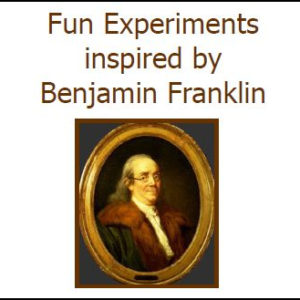 $1.50Buy Now
$1.50Buy NowInject a little history into your science lessons and perform some cool experiments too!
What you’ll get:- – 2 Short informational texts: One on Benjamin Franklin and one on Franklin’s Glass Armonica
- – 4 Experiments: Bottle Pipes, Lemon Battery, Magnetic Art, and the Thermometer
-
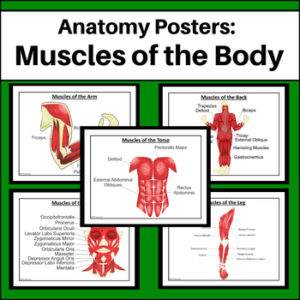 $3.00Buy Now
$3.00Buy NowPerfect for any Middle School or High School Biology / Anatomy Classroom teaching human anatomy: Anatomy Posters – Muscles of the Body. These 5 colorful posters will help students quickly identify muscles of the body (Arm, Leg, Back, Torso and Face). Great for Health classrooms as well!
-
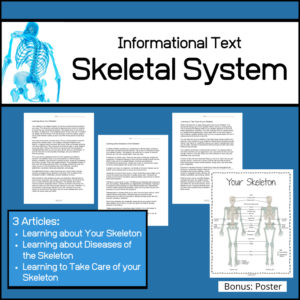 $3.00Buy Now
$3.00Buy NowThis ANATOMY / BIOLOGY / HEALTH resource contains 3 informational text articles (each with comprehension questions followings) and a bonus labeled poster! These articles can be used in any Science class or in a Language Arts / Reading classroom. Use as standalone mini-lessons or as supplemental activities, homework or in centers.


